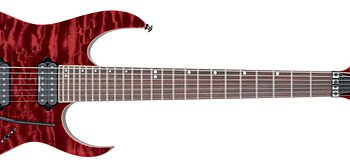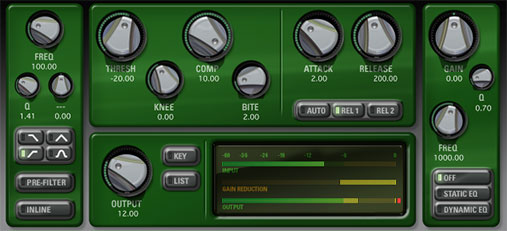

For most basic pitch issues (and redressing live exhibitions progressively), Automatic Mode quickly distinguishes the pitch of the information, recognizes the nearest contribute a client indicated scale (counting minor, major, chromatic and 26 chronicled.
Cytomic the glue upsampling free#
Basically, it is a free autotune vst plugin by Antares which gives two distinctive ways to deal with pitch remedy.
Cytomic the glue upsampling full#
download full CrackĪntares Harmony Engine VST RTAS V1.0.rar > įree AutoTune Vst Plugin.

If you are already working at high sample rates, then further upsampling is unlikely to deliver any noticeable benefits, but only because it is very unlikely that there would be anything audibly significant in the upper parts of the captured spectrum anyway. This approach doesn't change the audio content in any way, it just makes the number crunching easier and considerably more accurate, with fewer unwanted artifacts.

Complex non-linear signal processing - like dynamics and some forms of equalisation - is a whole different kettle of fish, and there are some significant mathematical advantages in converting to a higher sample rate for some forms of signal processing. However, we are talking here about recording and reproducing high-quality audio, which is a relatively straightforward thing. For these reasons he argues that there is absolutely no benefit in recording with sample rates higher than about 96kHz, and that the optimal sample rate - not that we have the option to use it, sadly - is probably 60kHz to avoid some of the remaining practical engineering difficulties associated with 44.1kHz. Moreover, he highlights the fact that the temporal accuracy inherently diminishes with higher sample rates.

SOS Technical Editor Hugh Robjohns replies: Lavry's basic premise is that there is no reliable evidence that the human population can perceive sounds higher than about 20kHz, and therefore that a sample rate in excess of about 44kHz should be entirely adequate for audio recording and reproduction, given a properly engineered system. However, some plug-ins are reported to sound better when upsampling is applied and this is because their processing can be calculated more accurately. If high sample rates make no discernible difference when recording (which is effectively what Dan Lavry's much-quoted white paper seems to be saying), then what advantage is there in upsampling within plug-ins? For example, Cytomic's The Glue sounds better in the 4x upsampling mode, but why is this? And if working already at high sample rates in your DAW project, should upsampling make no difference at all?ĭan Lavry's white paper suggests that there is no benefit in recording audio at a higher sample rate than 96kHz.


 0 kommentar(er)
0 kommentar(er)
